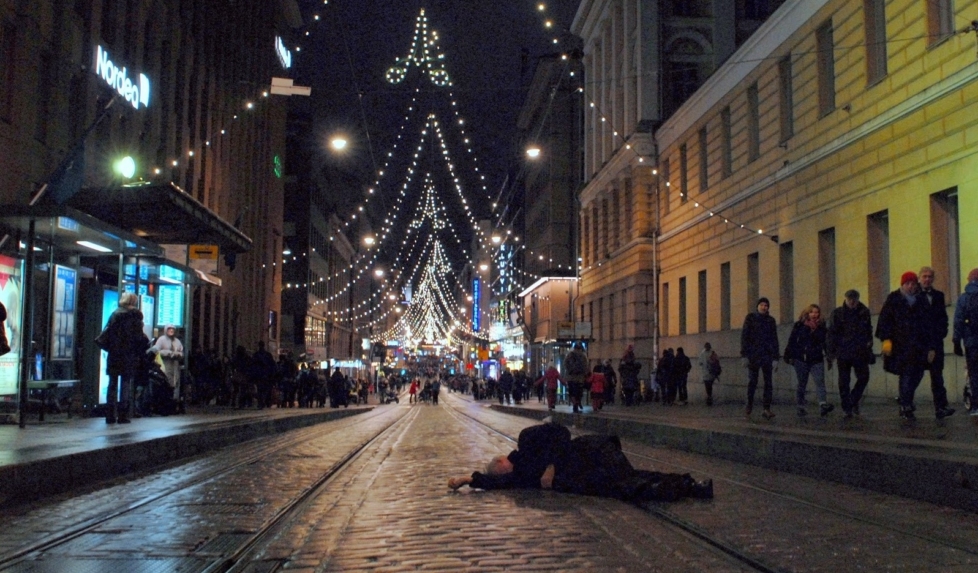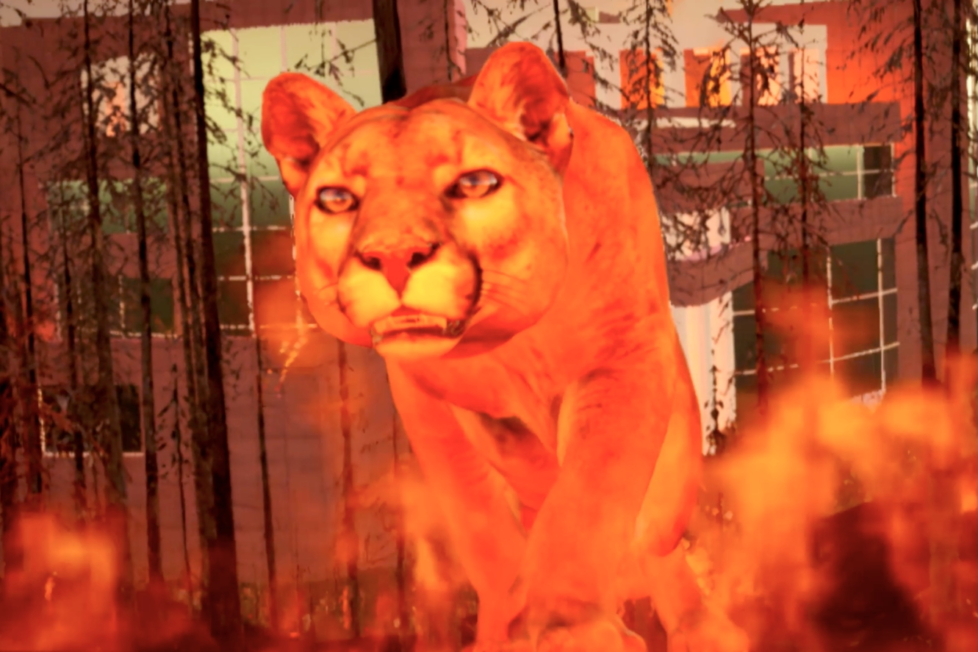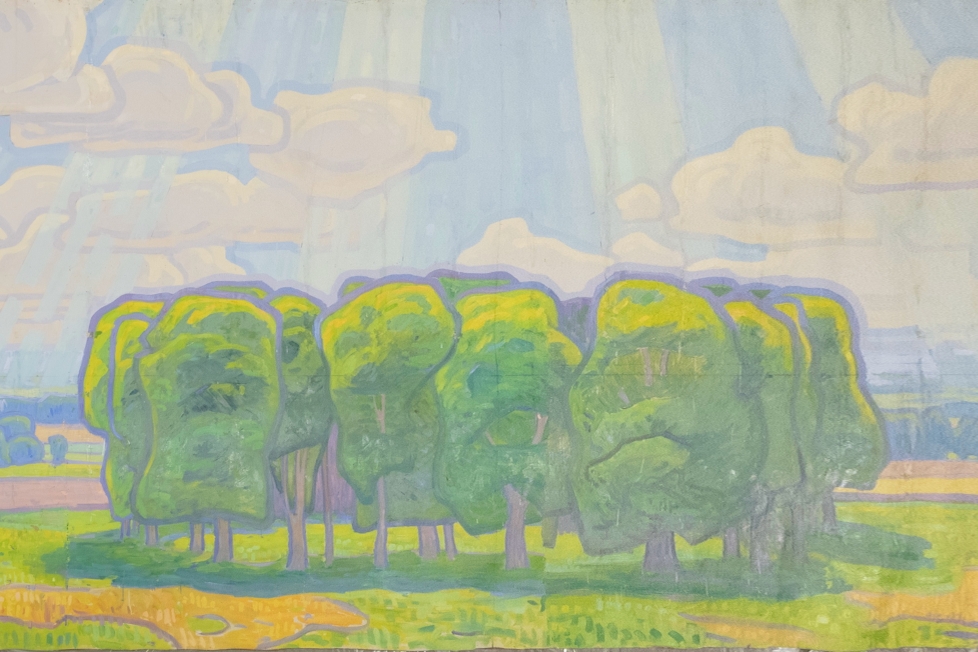
Kunstkritikk tok turen til en av utstillingene som ikke er en del av det offisielle programmet til Veneziabiennalen, men som heller drar nytte av at arrangementet er et møtepunkt for så mange kunstnere, unge som gamle. M/L ble startet av Marie Karlberg og Lena Henke. I utstillingen Please respond- i Santa Croce 2109 møtte Kunstkritikk de to for å finne ut hva M/L gjør i Venezia og hva de jobber med, over et glass Aperol Spritz.
What is M/L and what was the idea behind the initiative?
Marie: I am from Sweden, and had lived in Paris and Berlin, and Lena is from Germany, and we were both foreigners in New York. We were going to exhibitions and it was not very exciting, or fun. I had been running an illegal rave party with another artist, Stewart Uoo, called Xtapussy, and for every show we had video projections and art. Lena was organizing shows in Frankfurt while she was in school. We were fed up and wanted to do something different. We didn’t have any money, any gallerists or a space.
Lena: That was two years ago, after we became friends. Marie came from club culture and I ran a guerilla gallery in my apartment when I was a student. I was also doing zines and focused on bringing female artists together.
M: And Xtapussy was all about the pussy, and showing art in different ways. You had a dance floor downstairs and upstairs there was art. So we were wondering why art was always presented in the same format. It has to do with money, the market and the institutions. The conversations in New York were always about the galleries and where you were showing. Are you not an artist if you don’t have a gallery? Where does it start?
L: Young artists in New York are too focused on getting a show in a gallery and therefore losing the experimental quality. It’s all about money and we never saw one really experimental show and that’s why we came together and did something about it. Initially we looked for a space, but we were both broke and it would be too much hassle. So how to do things in NY with no money? We had to be smart and make our own opportunities. We started with a parking lot under the Brooklyn Queens Expressway. It was loud and dirty, but it was a huge space that was always empty. We did a sculpture show on the lot, using the city as the ground for presentation.
Did you have opening hours?
M: Well, we did have hours, open 6 till late. We did not ask for a permit, and the police came. But it was after four hours, so it was already a success. We had 300 people coming!
And now you are in Venice. What is M/L doing here?
M: We were invited by Marta Fontolan, who worked with Galerie Neu in Berlin and now works for Gavin Brown in New York. She is from Venice and had a space here after her grandmother, who passed away. She invited us to do a show during the biennial at her grandmother’s house, because she liked our work with M/L. This is so M/L. We have always said no to galleries since it would remove the whole idea of M/L from the equation.
L: When you come up with something like M/L, people want to capitalize on the situation. After the BQE show we did an exhibition at a nail salon in BedStuy, Brooklyn, and we did an amazing show in Brazil at the beach. The latest show was at Spectrum, the last underground club in New York.
M: Open very late! No rules.
And no address will be given in this interview. I had a little tour of the show and it looks great! There are a lot of younger artists in the show, but also some older works. Can you tell me about the selection you did?
L: We try to combine young artists and already established artists and at least half of the artists are women.
That’s easy, since there are so many great women artists!
M: Exactly. And we also have great writers contribute. The press release is important, made by very special artists and critics. This one deals with the situation like we are dealing with the situation. The writers have creative freedom. Andrew Durbin wrote the text this time and he can express himself freely. We work with a lot of artists, and they are in the show, and we give them the same freedom as the writers, and the work they show is usually a little bit different, because there is no pressure from us to do a certain type of work. There is more experimenting.
So you are not just providing a space to show, but also some sort of agency?
L: Absolutely, and we want to create some type of energy. When we invited people to take part in this show, which is self-organized and has no funders, we gave them one rule and that was to bring the work in their own luggage. A lot of the work is new, but there is also older work.
M: Nick Mauss’ piece is from a couple of years ago, Merlin Carpenter also presented a work from the 90s. Adriana Lara’s banana is also old. Ha!
What is next for M/L?
M: We will continue. We don’t have anything planned. Marta invited us to do this show in Venice, and it just worked out! This is how we like to work.
L: We take it step by step, but the most important thing is the friendship. We will continue the friendship and the shows.
M: It is a specific context of people. If people aren’t as retarded as we are, we don’t show them. If they don’t have the humor it won’t work out.













Diskussion